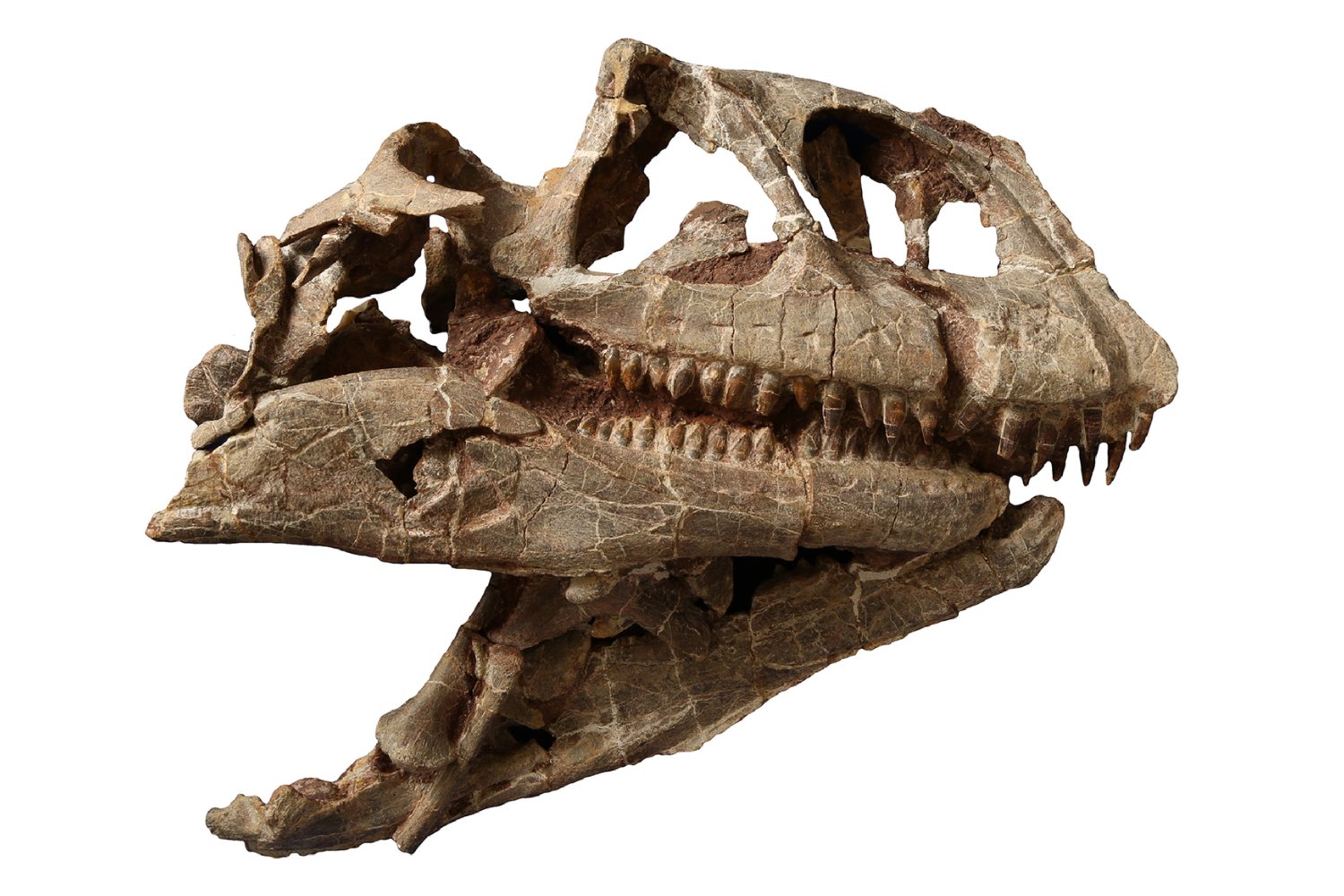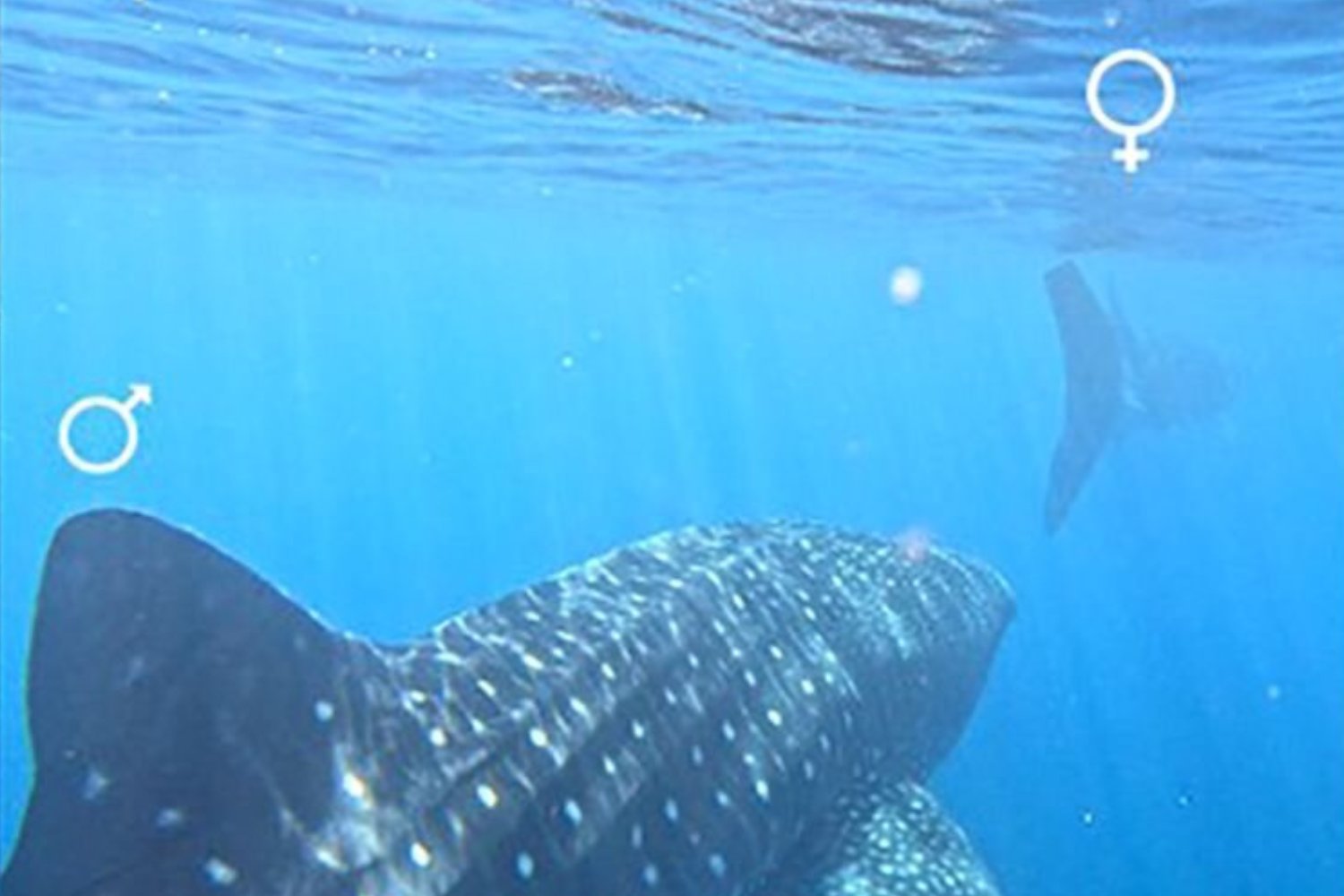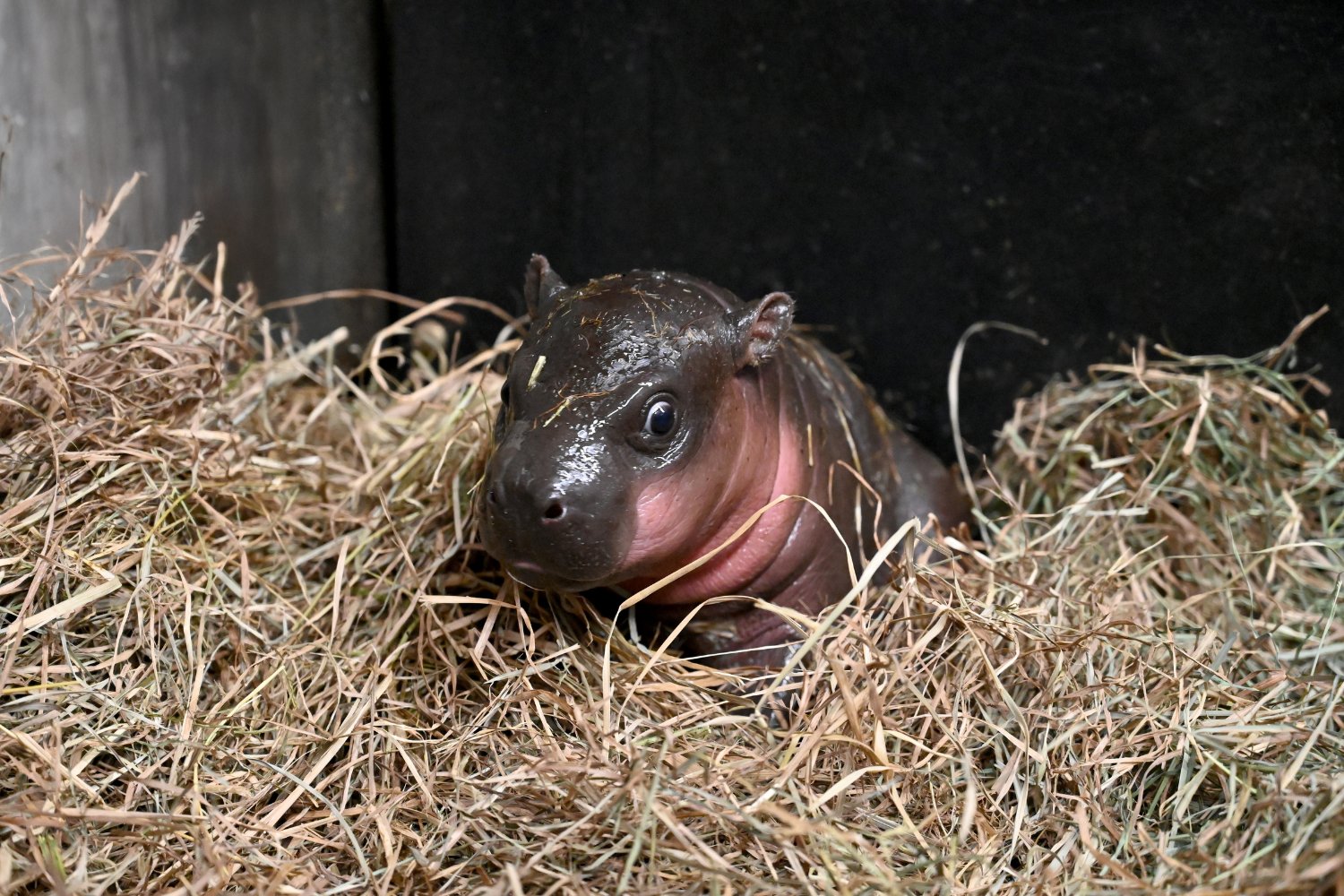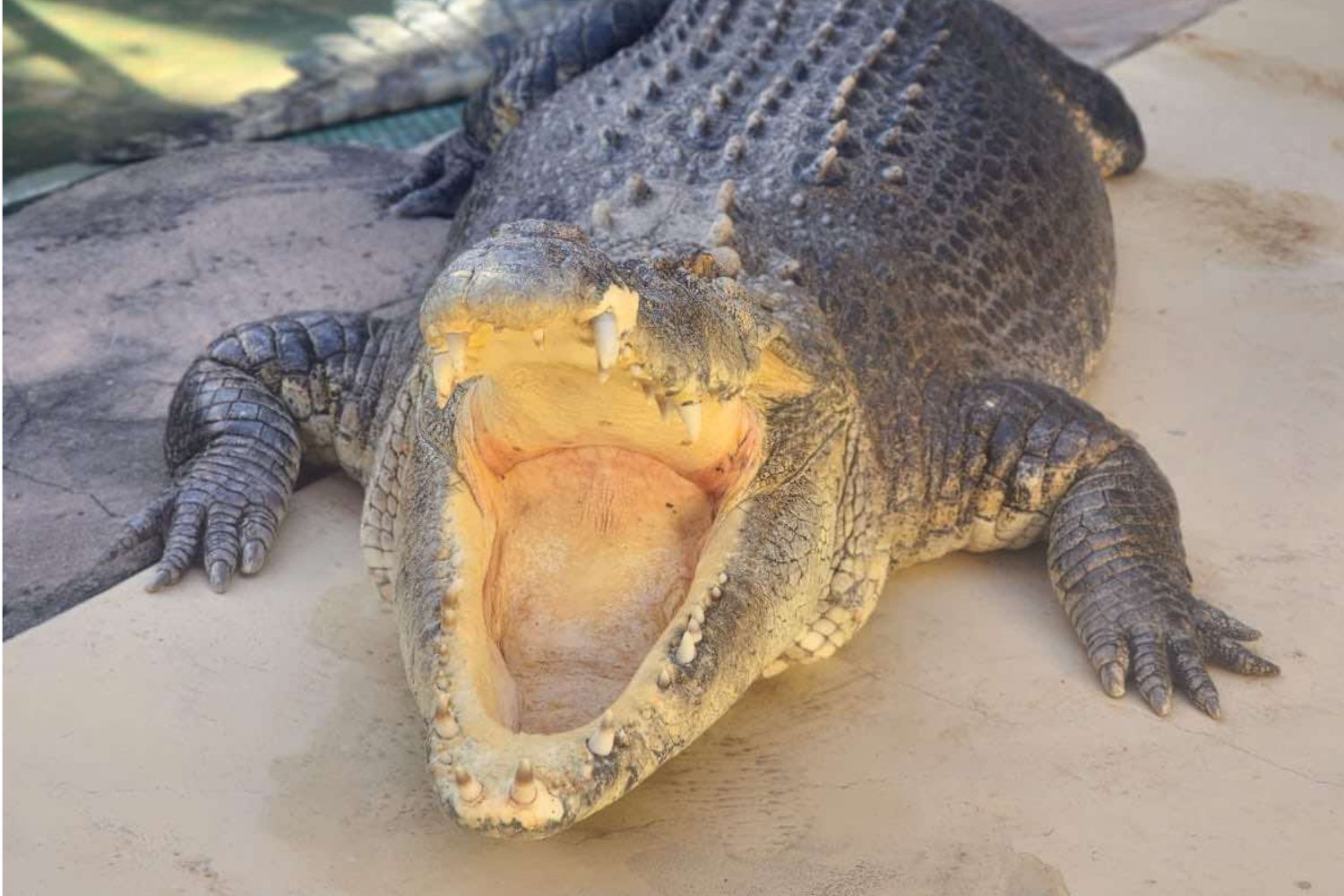Anyone who’s ever watched a nature documentary knows that the animal kingdom is rife with—is, in some sense, composed entirely of—sex fiends and perverts. They’ve got all kinds of genitalia out there in nature, and these are put to frequent, energetic use. Still, some species are surely less sex-crazed than others—fonder, for instance, of doing adorable little tricks, or making a mess of their prey’s intestines. Conversely, some species must dwell in a realm of intense, pan-sensory horniness unimaginable to your average sex-consumed human, and it’s that bunch we’re interested in for this week’s Giz Asks. Below, animal experts weigh in on what animal might be the horniest.
Shala Hankison
Associate Professor, Zoology, Ohio Wesleyan University, whose research focuses on how sexual selection, especially female mating preferences, interacts with other mechanisms to shape population divergence and speciation
There are so many great examples here, but I will highlight some of my favorites.
There’s the antechinus, a small Australian marsupial which looks a bit mouse-like. Their males invest so much into reproduction that they stop eating; their stress levels skyrocket, leading to basically a full body breakdown (hair falling out, internal hemorrhage, etc). They only last a season before their body fully breaks down and they die.
Or Nasonia giraulti: parasitic wasps who lay their eggs inside the puparium (which cover insects as they metamorphose) onto insect larval hosts. The wasps hatch, develop and mate before they even emerge from the puparium (feeding on the insect larva in the process).
Elephant seals are another good example: their dominant males are called beachmasters, and they stop eating and spend all of their time patrolling their beach and preventing rival males from mating.
With African elephants, younger males who are not large and dominant enough to secure mates form very frustrated bachelor groups.
And then there are Anglerfish males—tiny fish, much smaller than the females, that eventually actually merge with the females. Most of his body disintegrates, but his gonads remain and produce sperm for the female to use.
Krista M. Milich
Assistant Professor, Biological Anthropology, Washington University in St. Louis
I’m a little bit biased, since I study primates. The bonobo comes to mind, of course. They have sex for all sorts of reasons: when they feel stressed out, or happy, or angry, they’ll express that through sexual interactions. Female bonobos have an enlarged clitoris, so that if something stressful happens between two of them they can rub them together and release tension. If you’ve evolved a sex-related adaptation, it’s probably a pretty good indicator of a high sex drive.
Spider monkeys don’t necessarily have sex as often, but man can they have sex for a long time. They will have sex for like twenty minutes straight. In non-human primates, sex is generally a quick thing, even for species that we think of having a lot of sex, but not for spider monkeys—they really take their time, do it right. Their females also have an enlarged clitoris—people can get confused, watching them in the wild, because they’ll be stroking their clitoris with their hand or foot and it almost looks like a penis. And males will actually kind of hold on to and hang from females while they’re mating with them, so it really does become quite a bonding experience.
Another one would be dolphins—they’re pretty creative when it comes to sex as well. You see a lot of sexual behavior between dolphins, even between males, because it helps with male bonding. There are reports of blowholes being involved with different types of oral sex.
And then of course we have humans, who have a pretty good sex drive, I think. As somebody who studies sex, I think one thing that’s cool about looking at sexual behavior is that the smarter and the more social animals are, the higher their sex drive is, and the more elaborate their sexual are—and humans are one of the smartest, most social animals on Earth, right? So I think we have some pretty amazing sexual behaviors.
Trond Amundsen
Professor, Animal Behavior, Norwegian University of Science and Technology, and a specialist in animal sex role dynamics
A strong contender for the horniest animal would be Smith’s longspur, a dull-looking passerine bird that inhabits the northern tundra of Alaska and Canada. Smith’s longspur copulates an average of 365 times for each clutch laid, spread over a little more than a week, and peaking at 5.3 copulations per hour with their favorite male in the female’s most fertile phase. Smith’s longspur is what scientists call polygynandrous—a bit hippie-like. Each female regularly copulates with two or three males, usually their neighbors, and each of these males may in turn have several female mates. Males help feed offspring in nests of females with whom they have copulated a lot, even if they can never be certain it’s their own kids they’re feeding. In order to ascertain help from many males, females almost constantly invite nearby males to copulate. Yet often to no avail—the male Smith’s longspurs have to budget their sperm and reject two thirds of copulation invitations.
As with humans, excessive horniness can lead to infidelity in the animal world: having sex with multiple partners is more the rule than the exception. Among birds, the least faithful is the superb fairy-wren of Australian shrublands. As the name suggests, this tiny wren is spectacularly beautiful, but social and sexual relationships are a true mess. The superb fairy-wren holds the world record in adultery, and is a so-called co-operative breeder in which females are helped not only by their partner but also by sons of previous breeding events that have been unable to establish their own territory. More often than not, the kids are not the father’s but belong to non-caring males outside the group—in fact, three out of four chicks are ‘illegitimate’ and illegitimate offspring are found in almost all broods. Apparently, female fairy-wrens want more sex than they can have from their partner, and they want variation in their sex life.
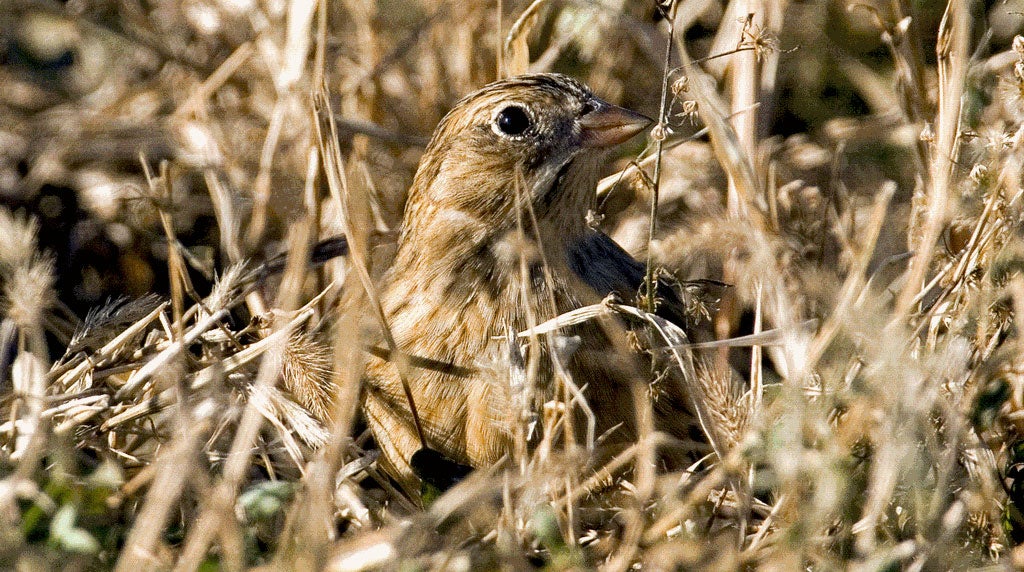
Another sign of extreme horniness may be to never stop copulating. Copulation duration is highly variable in animals, ranging from a few seconds to longer that one could imagine. Holding another World record, the Indian stick insect Necroscia sparaxes has been observed to copulate for 79 days, with the male sitting on top of a typically larger female. When the back-parts of the male and female clasp together, sperm is inserted. Needless to say, male sperm production is not high enough to continuously ejaculate for the better part of three months, but now and then he re-attaches his abdomen to the female, inserting another squirt. The prolonged copula of the stick insect is an example of mate-guarding, a common phenomenon in the animal world, as in ours. Female animals can often benefit from mating with more than one partner, for instance by getting more healthy offspring, so males have evolved a suite of behaviors to prevent female infidelity. Some of these, like in the stick insect, are not particularly nice but nature has no morale.
Strictly, we know little about what horniness feels like in other animals. We may perhaps guess that it feels similar in primates like chimps and gorillas. But a sudden and strong urge for sexual action at certain times, or when faced with sexual stimuli like mating odors or behavioral invites, is seen all across the animal kingdom, including organisms like flies and beetles. Clearly, these also experience some sort of horniness, despite their much simpler neural systems.
Unlike us, animals are not shy to show off their horniness. That goes very generally for males, but the Smith’s longspur shows that females can be just as horny, or more.
Scott McRobert
Professor, Biology, Saint Joseph’s University, whose research focuses on animal behavior, among other things
What is the horniest animal with reference to sexuality? Obviously, humans are the horniest. No creature has gone to greater lengths to augment, facilitate, and intensify non-procreative sex. But there is almost no point in describing humans here. Just type the word ‘horny’ into a search engine and you will find thousands of websites on human sexual behavior. Looking past ourselves, our closest relatives, the bonobos (Pan paniscus) are probably a close second for horniest animal. Bonobos use sex to mediate almost all social interactions—greetings, farewells, conflict…everything.
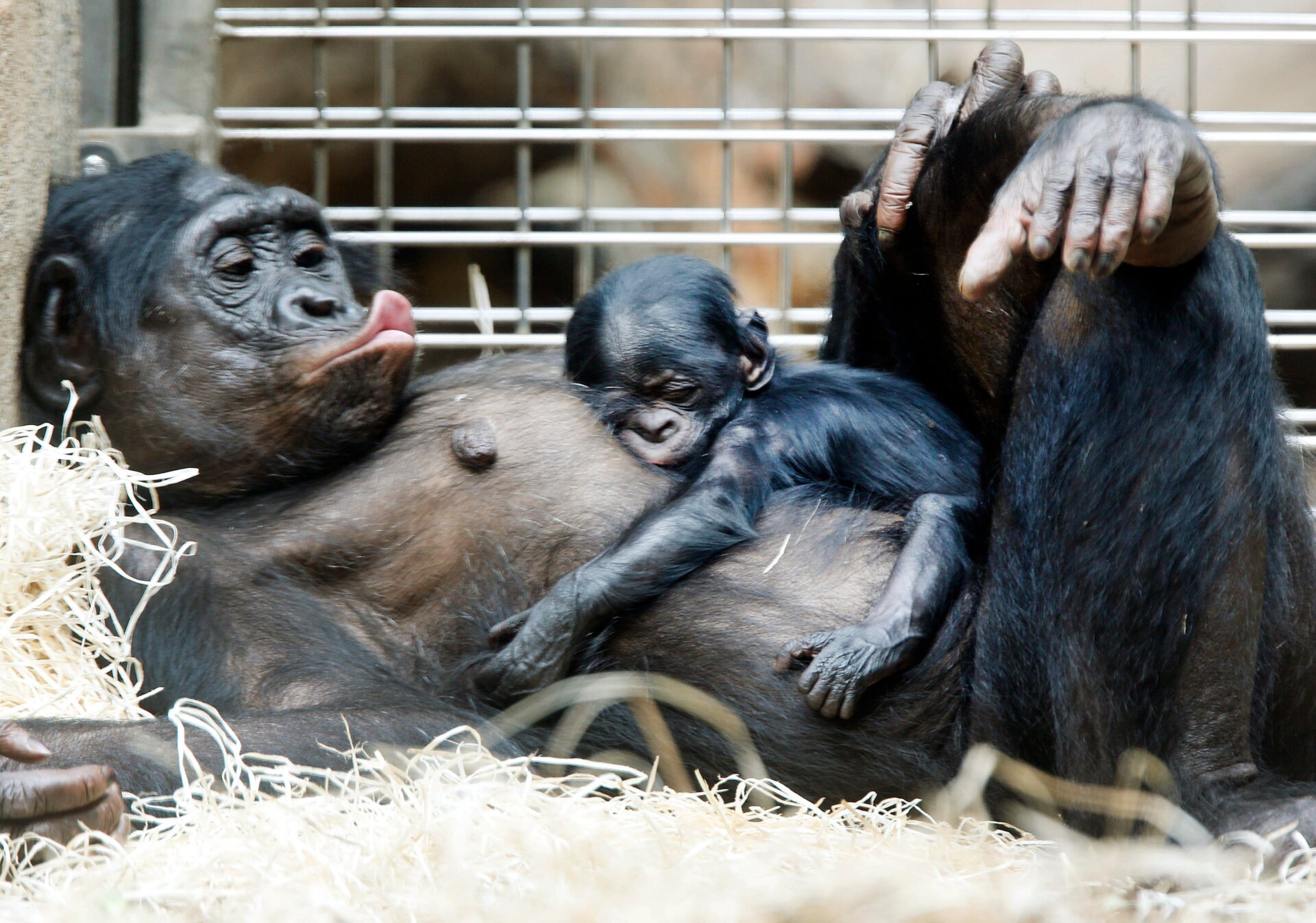
But let’s move away from ourselves and our close kin. Biology has many, many interesting sexual behavior stories, with the “horniest” award going to Plecia nearctica, also known as The Love Bug or Honeymoon Fly. These animals, found throughout Central America and the southern United States, start life as larvae in the ground.
Following pupation, the adult males emerge slightly earlier than the developing females. The males create a huge mating swarm hovering over the ground, waiting for the females to appear. The activity within the swarm is an intense free-for-all, with males fighting to get into low positions near the ground. When the females emerge and take flight they barely get off the ground before they are bombarded by dive-bombing males who tackle them and unceremoniously mate with them. But then, and here is where they get their name, the mated pair stay in copula for up to five days! Evolutionarily this is a male strategy to protect his investment in the next generation. If a male fly were to release a female immediately after mating she would simply be grabbed by another male, whose sperm would then fertilize her eggs. Thus, successful males hold onto their females long enough to ensure fertilization by their sperm. Think of it as cuddling.
Paul Verrell
Associate Professor, Biological Sciences, Washington State University, whose research seeks to understand the evolution of diversity in the sexual behavior of animals
Well, there’s horny and “horny.” Maybe the horniest animal ever was Triceratops, a three-horned, plant-eating dinosaur weighing up to 12 tonnes that made its appearance about 68 million years ago (and which was gone about 2 million years later). Whether extinct Triceratops was also “horny” is something we’ll never know, but among living vertebrate animals, the “horniest” is probably the bonobo, or pygmy chimpanzee, of Central Africa. These little primates engage in sex at the drop of a hat in what seems to be a complete free-for-all: adults with juveniles, females with females, females with males, and males with males. Like humans they engage in tongue-kissing, and like humans they will have sex face-to-face. And again, like humans, bonobo sex involves a lot more than just reproduction, passing your genes along to the next generation. Bonobos use sex as a greeting, an interesting way of saying “hello.” They use sex as a way of bonding after a conflict, perhaps a bit like the “make-up” sex that some humans couples engage in after arguing. For bonobos, sex acts as a glue that binds together all of the members of a social group. For these “horny” little apes, it really does appear that, for the most part, they’d rather make love than make war.
Do you have a burning question for Giz Asks? Email us at [email protected].

